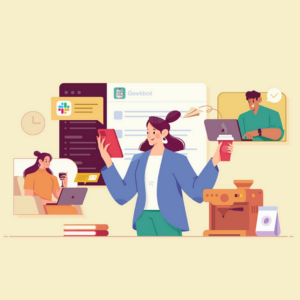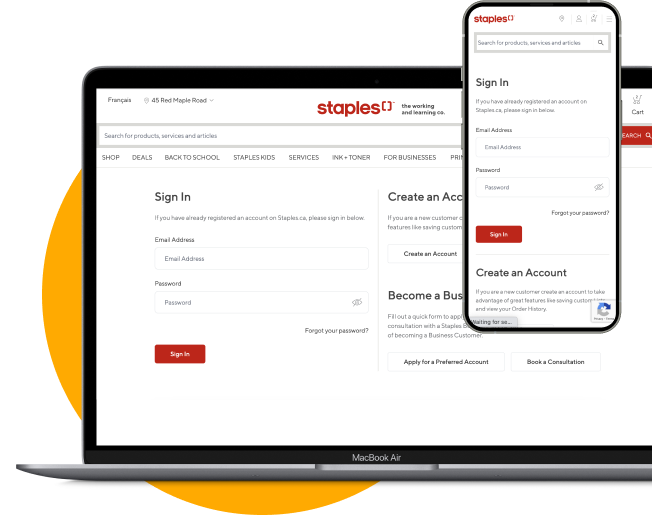Enterprise applications are software programs that are used by businesses to support various business processes and functions.
The UX design for enterprise applications plays a critical role in the effectiveness and efficiency of these programs, as it determines how easy and intuitive it is for users to perform their tasks.
UX for enterprise
Some key considerations of UX design for enterprise applications include:
#1 Usability
Enterprise applications should be easy for users to understand and use, with clear and intuitive navigation and controls. Complex or confusing interfaces can lead to errors and decreased efficiency.
#2 Customization
Enterprise applications should be customizable to meet the specific needs and requirements of different users and business processes. This can include the ability to configure the interface and workflow to match the user’s needs, as well as the ability to integrate with other systems and tools.
#3 Security
Enterprise applications should prioritize security to protect sensitive business data and ensure that unauthorized users cannot access the system. This can include features such as password protection, two-factor authentication, and encryption.
#4 Scalability
Enterprise applications should be able to scale to meet the needs of growing businesses, with the ability to support a large number of users and handle high volumes of data.
UX design for enterprise applications plays a critical role in the effectiveness and efficiency of these programs. By considering usability, customization, security, and scalability, designers can create.
Ignoring UX in enterprise applications
There are a few reasons why user experience (UX) may be ignored in the design of enterprise applications:
#1 Lack of awareness
Some decision-makers may not be aware of the importance of UX in enterprise applications and may prioritize other considerations, such as functionality or cost.
#2 Short-term focus
In some cases, enterprise applications may be designed with a short-term focus, prioritizing immediate needs and goals over the long-term user experience. This can lead to designs that are not optimized for usability and efficiency.
#3 Complex requirements
Enterprise applications often have complex requirements that may make it difficult to prioritize UX. For example, if an enterprise application needs to integrate with multiple systems and meet the needs of a wide range of users, it can be challenging to balance these competing demands with UX considerations.
#4 Limited resources
In some cases, UX may be ignored due to limited resources or time constraints. Designing for UX can be time-consuming and may require specialized skills, which may not be available to the development team.
Conclusion
There can be a number of reasons why UX is ignored in the design of enterprise applications.
To learn more about UX and product design from industry experts, listen to our podcast — UX Banter available on Spotify, or watch the episodes on YouTube.
Also, do check us out on Galaxy UX Studio.




























